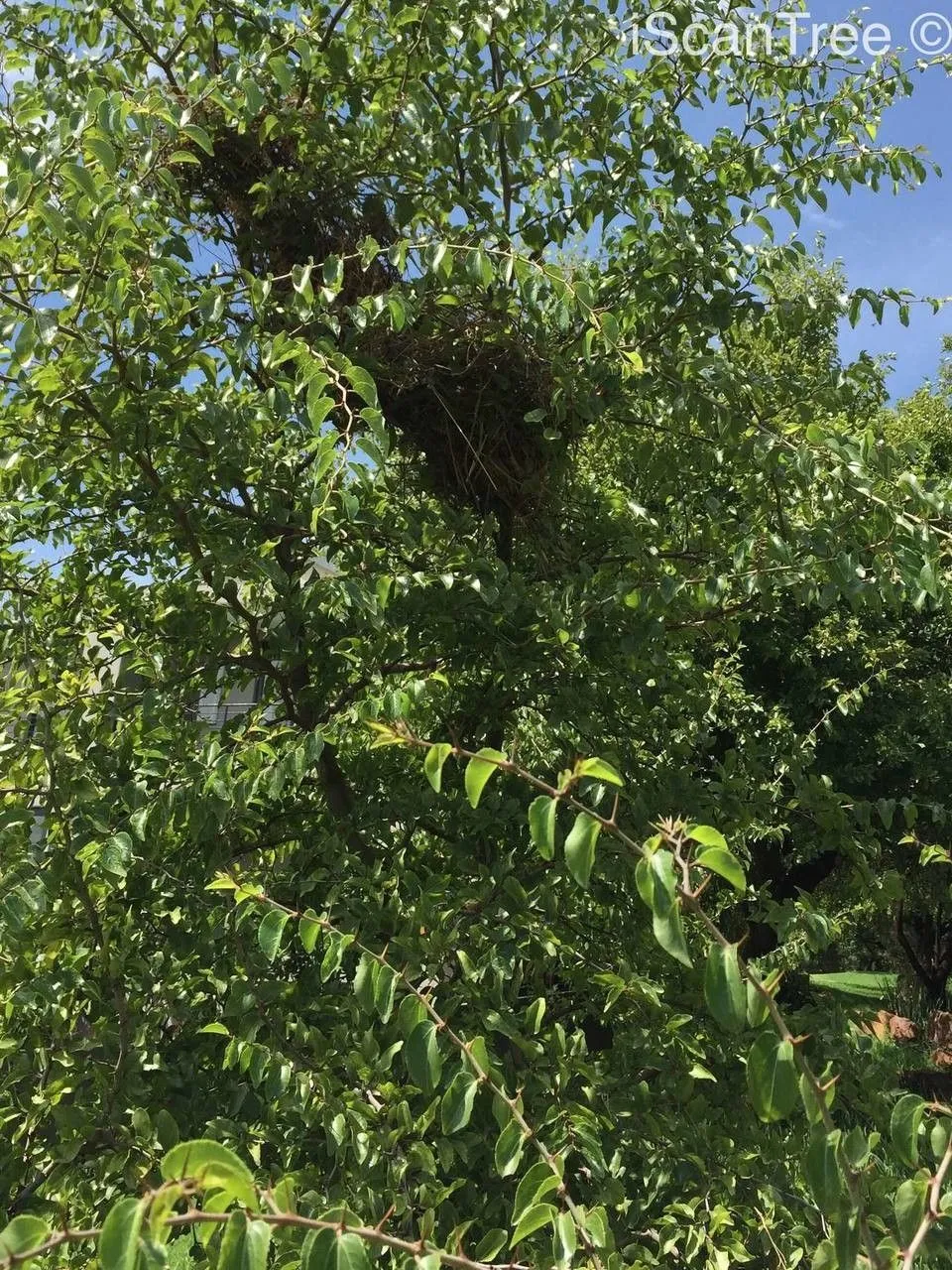
Author: Willd.
Bibliography: Enum. Pl.: 251 (1809)
Year: 1809
Status: accepted
Rank: species
Genus: Ziziphus
Vegetable: False
Observations: Trop. & S. Africa, Madagascar
Buffalo Thorn: A Detailed Overview
Buffalo thorn, scientifically known as Ziziphus mucronata, is a plant species that exhibits a rich historical and botanical presence across tropical and southern Africa, as well as Madagascar. First enumerated in the botanical work “Enum. Pl.” in 1809 by the botanist Willdenow, this plant has garnered interest for its unique characteristics and adaptability.
Ziziphus mucronata belongs to the Rhamnaceae family, a diverse group of flowering plants. Commonly found in various African savannas and woodlands, the Buffalo thorn is well-adapted to both arid and semi-arid environments. Its robust nature allows it to thrive in regions where other plants may struggle, demonstrating a remarkable resilience to drought and poor soil conditions.
The plant is easily identified by its distinctive zigzagged branching pattern and paired thorns, one of which is straight while the other is hooked. This architectural trait not only aids in protection from herbivores but also helps in creating a dense structure ideal for wildlife shelter. The leaves are glossy and green, providing an attractive foliage that adds to its ornamental value.
Buffalo thorn produces small, inconspicuous flowers that later develop into reddish-brown, edible fruits. These fruits are often consumed by local wildlife and have been utilized by indigenous communities for their nutritional and medicinal properties. The fruit is rich in vitamin C and can be eaten fresh or dried.
In addition to its ecological importance, Ziziphus mucronata holds cultural significance in many African traditions. It is often associated with rituals and folklore, symbolizing protection and sustenance. The tough wood of the Buffalo thorn is used in making tools, fencing, and firewood, highlighting its utility in daily life.
Overall, Buffalo thorn stands out not only for its intrinsic botanical features but also for its ecological and cultural roles in the regions it inhabits. As a species, Ziziphus mucronata exemplifies the intricate relationship between plants and their environments, offering a glimpse into the biodiversity and heritage of tropical and southern Africa and Madagascar.
En: Buffalo thorn, Isilahla
Ab: Blinkblaar wag-‘n-bietjie
Af: Blinkblaar-wag-‘n-bietjie, Blinkblaar Wag-n-bietjie
Bm: Suruku ndomo, Surukuntɔmɔlɔn
Zh: 凸棗
Fi: Afrikanjujuba
Ff: Gulum jaabe
Ha: Magaryar kura
Fa: خار گاومیش
Wo: Dembuki, Siddeem bukki
© copyright of the Board of Trustees of the Royal Botanic Gardens, Kew.
© copyright of the Board of Trustees of the Royal Botanic Gardens, Kew.
© copyright of the Board of Trustees of the Royal Botanic Gardens, Kew.
Taken Mar 30, 2022 by Tulio Falcao (cc-by-sa)
Taken May 22, 2019 by Rajender Kala Kala (cc-by-sa)
Taken Jan 18, 2016 by Manie Maree (©)
Taken Dec 31, 2020 by Willem Heinrich Janse van Rensburg (cc-by-sa)
Taken Jul 4, 2019 by Craig Taylor (cc-by-sa)
Taken May 7, 2014 by Tela Botanica − Sénégal ENGOUEMENT (cc-by-sa)
Taken Jan 6, 2013 by Tela Botanica − Sylvain PIRY (cc-by-sa)
Taken Jan 10, 2016 by Manie Maree (©)
Taken Mar 16, 2016 by Manie Maree (©)
Taken Jun 1, 2020 by susan brown (cc-by-sa)
Taken Jan 22, 2020 by susan brown (cc-by-sa)
Taken Jan 22, 2020 by susan brown (cc-by-sa)
Taken Aug 9, 2008 by susan brown (cc-by-sa)
Taken Dec 23, 2018 by susan brown (cc-by-sa)
Taken Jun 1, 2020 by susan brown (cc-by-sa)
Taken Jan 10, 2016 by Manie Maree (©)
Taken Jun 1, 2020 by susan brown (cc-by-sa)
Taken Jan 10, 2016 by Manie Maree (©)
Taken Jan 10, 2016 by Manie Maree (©)
Taken Apr 3, 2020 by Julia Sibiya (cc-by-sa)
Taken Jan 10, 2016 by Manie Maree (©)
Taken Jan 18, 2016 by Manie Maree (©)
Taken Jan 17, 2016 by Manie Maree (©)
Taken Jan 10, 2016 by Manie Maree (©)
Taken Jun 27, 2021 by Diego Gouveia (cc-by-sa)
Taken Mar 28, 2016 by Manie Maree (©)
Taken Jan 10, 2016 by Manie Maree (©)
Taken Mar 28, 2016 by Manie Maree (©)
Taken Apr 3, 2020 by Julia Sibiya (cc-by-sa)
Taken Apr 3, 2020 by Julia Sibiya (cc-by-sa)
Family: Myrtaceae Author: (F.Muell.) K.D.Hill & L.A.S.Johnson Bibliography: Telopea 6: 402 (1995) Year: 1995 Status:…
Family: Rubiaceae Author: Pierre ex A.Froehner Bibliography: Notizbl. Bot. Gart. Berlin-Dahlem 1: 237 (1897) Year:…
Family: Sapindaceae Author: Koidz. Bibliography: J. Coll. Sci. Imp. Univ. Tokyo 32(1): 38 (1911) Year:…
Family: Asteraceae Author: A.Gray Bibliography: Pacif. Railr. Rep.: 107 (1857) Year: 1857 Status: accepted Rank:…
Family: Fabaceae Author: Medik. Bibliography: Vorles. Churpfälz. Phys.-Ökon. Ges. 2: 398 (1787) Year: 1787 Status:…
Family: Aspleniaceae Author: (Cav.) Alston Bibliography: Bull. Misc. Inform. Kew 1932: 309 (1932) Year: 1932…